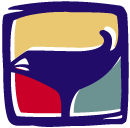Archaeological Areas
Etruscan necropolis
of Prato Rosello
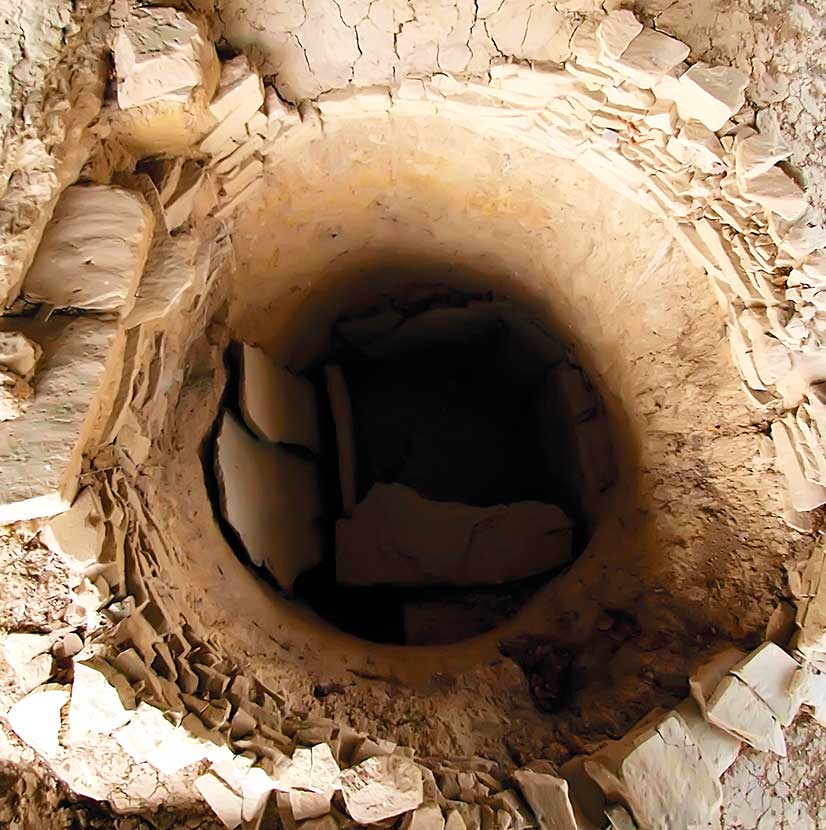
Archaeological Areas
Etruscan necropolis
of Prato Rosello
Artimino, Carmignano (PO)
Etruscan necropolis (late 8th – 6th century BC) characterized by the presence of the tumulus tombs.
Proceding from the village of Artimino in the direction of Prato Rosello, after reaching the Medici Villa and turning right towards Poggio alla Malva, immediately after the tennis corts, you take a long path that allows a pleasant immersion in the local flora and fauna.
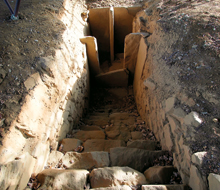
Tumulus C
From the above you have an extraordinary view of this side of the hill, which slopes significantly towards the course of the Arno and which must have appeared, from the earliest stages of Etruscan history, dotted with mounds, some of which are still very evident due to their characteristic hemispherical conformation of the external profile.
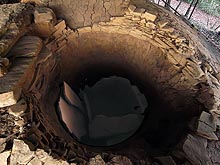
Tumulus B
Numerous tombs have been identified – most of then already devastated over the centuries – some subjected to archaeological investigations with happy results: the most striking cases are that of the Warrior’s Tomb of the Tumulus B. Extremes interesting are The Well tomb of the Warrior (end of VIII-early VII century B.C.), found intact inside Tumulus B, and that of Tumulus C, with a beautifully preserved staircase, from which comes the famous bucchero censer (last 20 years of the VII century B.C.)
Other visible monuments are the rectangular chamber tomb of Tumulus B, with a long access corridor and paved area in front, and the Tumuli A, X and Z, with rectangular chamber tombs.
Prato Rosello Necropolis
The archaeological site is located in Artimino, near the Medici Villa. The necropolis can be reached by descending along the paved road towards Poggio alla Malva and taking the first path that branches off to the left after the tennis courts of the Medici Villa.
>> Look on the map
Always visibile.
Travel time: 15 minutes by foot. Easy route.
Option for educational visits
Info and booking at the Archaelogical Museum of Artimino
Tel. +39 055 8718124
Free guided tours every 1st Saturday of the month
Meeting at 9.30 at the Tumulus of Montefortini in Comeana.
The visit will continue to the Necropolis of Prato Rosello in Artimino (transfer by own car) if the weather conditions allow it.
Reservation is not required.
By the Carmignano Archaeological Group
N.B. Visits do no take place on 2 June and in August.
The necropolis was identified by Francesco Nicosia, a young archaeologist working for the Soprintendenza at the end of 1966 after a scrupulous topographic examination of the area around Artimino, he was able to identify the precise location of Tumuli A and B, which were hidden by an impenterable vegetation.
Three years later the area was hit by a terrible fire and the vegetation hiding the tumuli was destroyed, revealing the remains of these monumental burials. This made archeological investigation a priority and digs, which have continued to today were begun by the Soprintendenza per i Beni Archeologici della Toscana.
Numerous tombs have been identified- many of which were already devastated and eroded over the centuries- some of which have been studied by archeologists with very positive results: the discovery of the burial objects. The tombs have been explored in the following order C – A – B – X – W – Z.
Tumulus C
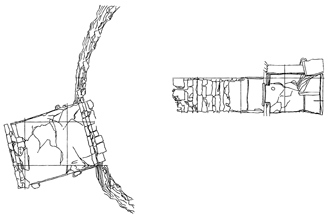
Tumulus C
This tomb appears to be a one room tomb, with access provided by a steep set of stairs and a small vestibule. The walls of the room are made of large sandstone blocks which have been jointed, with a system that we have already seen in the tombs at Boschetti a Comeana and in tumulus in this necropolis.
The element of the right wall, with all probablity was damaged in the last phases of construction, seems to have been integrated by using a structure of sandstone blocks of small dimensions. In the center, the last monolith has been placed vertically and acts as a supporting pillaster for the roof, and, at the same time it divides the internal space.
The materials found in the tumulus include: bucchero vases most of which have an open form among these the extraordinary incense burner with the inscription in the northern Etruscan alphabet.
Tumulus A
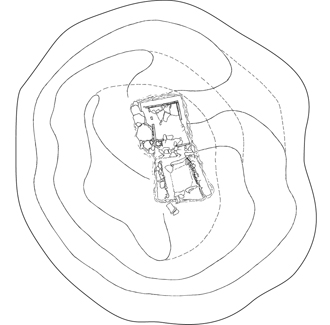
Tumulus A
Tumulus A presents and evident hemispherical shape, analoguos to the original artificial hill, and it appears to be made of two large spaces, separated in the middle by an area where it is hypothetically possible to identify two rooms. These two areas have been built with different contstructive techniques, with smaller stones in one area and larger cut stones in the other; in the later it seems plausable to identify the actual burial chamber.
A covered anphora that comes from this tumulus is identifiable as a vburial urn datable between the end of the sixth cenury B.C. and the beginning of the next century. A crater and a Kylix with red figures have also been found.
Tumulus B
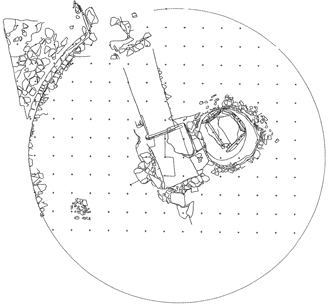
Tumulus B
This tumulus, of considerable dimensions, is defined by a circular drum of low sandstone blocks which have been placed in orderly horizontal rows, with the last series of blocks protruding, functioning as a gutter (grundarium).
In the center of the tumulus there is a chamber tomb with a rectangular plan preceeded by a wide entryway with access from a little staircase.
The chamber, with its walls made of stones placed in horizontal rows, has a rectangular pilaster in the center which ivides the space into two areas, and at the same time provides support for the large overlaying blocks, which have been partially conserved in corrispondence to the two longer walls. (middle seventh century B.C.). At the top the cavity is defined by a circular structure of small sandstone blocks, which have been sanded on the interior surface, they work to identify the space inside the ring, which was the area of the burial itself.
The tomb was sealed underneath a seris of stone stratifications until modern times when the stone casket made of vertically placed blockes with a flooring made by a monolith and a covering formed by three obliquely placed blocks was opened..
Tumulus X
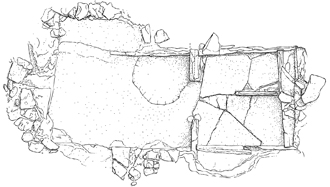
Tumulus X
Tumulus X, which was quickly explored in 1999, consists of a small chamber tomb, with walls made of large monoliths, which are masterfully jointed there are also two large stones placed on either side of the entrance. In correspondence with the central part of the chamber is a monolith placed vertically which must have been used to support the roof as well as creating an two interior spaces. The floor, which is made of stones of various shapes of different thicknesses, apparently followed the partial division of the chamber. The anterior part of the monument- which was heavily damaged by the tomb raiders- seems to present a kind of vestibule, that was accessible from a very steep set of stairs. Material from this monument includes an impasto urn with an ansa made of a branch placed between two volutes probably inspired by the metal prototypes from the first half of the seventh century before Christ.
Tumulus Z
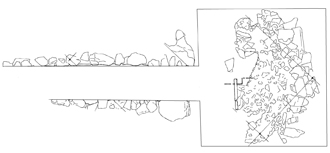
Tumulus Z
This chamber tomb preceded by a long narrow hallway has been explored between l 1999 and 2000. The dromos, made of pretty regular medium-sized blocks provides access to the burial chamber, which appears to be divided by two small lithic elements, probably pieces of the original architectural support which closed the tomb. The chamber, with a regular layout, has a wide and compact ballast built in the space between the back wall of the burial chamber and the only pillaster that has survived, vertically placed in the ground, in the middle of the chamber. The roof must have been of the traditional type, with overlaying blocks, partially recovered one on top of the other in the south west corner of the chamber. The fact that the roof fell in such an orderly fashion allowed an important amount of the burial objects to be perserved.
Among the artifacts that have been found in this tumulus are a burial urn, decorated with impressive sphinxes, vases with tin tops, that made these objects shiny and gave the impression of the more precious metal silver, and some ointments containers.
Video




